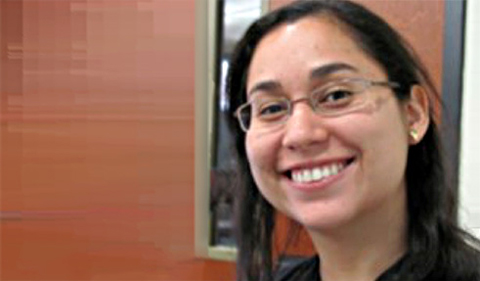
Silvana Duran Ortiz
By Jonathan Young and Silvana Duran Ortiz
Graduate students in Biological Sciences at Ohio University
Teaching a college-level course is a challenge. This is especially true if English is not your native language because communication is more difficult for both you and your students. The following are some tips from other TAs on how best to overcome this challenge.
Lectures
Preparation is key for your success as a lecturer. You will need to make sure you understand the information that you will teach, but you will also have to practice pronunciation and word order, so your preparation may take up to twice as long as a native speaker’s. It is important to remember that the words won’t come to your mind as fast as you might need, so it is a good idea to practice the entire lecture to identify where you might have problems. This is also a good chance to check the spelling and grammar of your presentation.
When it comes to pronunciation, don’t worry about every sound. Most students will understand that you are doing the best you can, even if your pronunciation is not always correct. For the students who give you issues, such as openly criticizing your language skills or ignoring what you have to say, it is an opportunity for you to educate them about other cultures. If you want to really improve your English-speaking skills, there are various English Language Improvement Program (ELIP) classes offered that will help in this area.

Jonathan Young
Classroom Management
A simple way to command respect in the classroom is to dress professionally. If you look like you know what you are talking about, students will be more willing to listen. If you still have a problem with students undermining you, especially due to the language barrier, asking the students difficult questions is a subtle way to show them your knowledge.
Tips for Latin American Graduate Students
There are some key differences between university courses in Latin America and in the United States. You might find that class sizes in the U.S. are larger, so before the beginning of the term, pay attention to the class size listed in the course offering page so you aren’t surprised by the number of students you are instructing. Because of class sizes, one-on-one attention is not expected by most students.
Another difference you might find is that in the U.S. there might be more resources available to teachers and students (technology in the classroom, access to a variety of books and printed materials, etc.), so as an instructor, it might be a great idea to familiarize yourself with the relevant resources and make effective use of them in your classroom, so you can maximize the success of the course.
Be yourself! If you follow these tips, and work hard, you are sure to have a successful semester!
See more Resources for Teaching Assistants at Ohio University.


















Comments